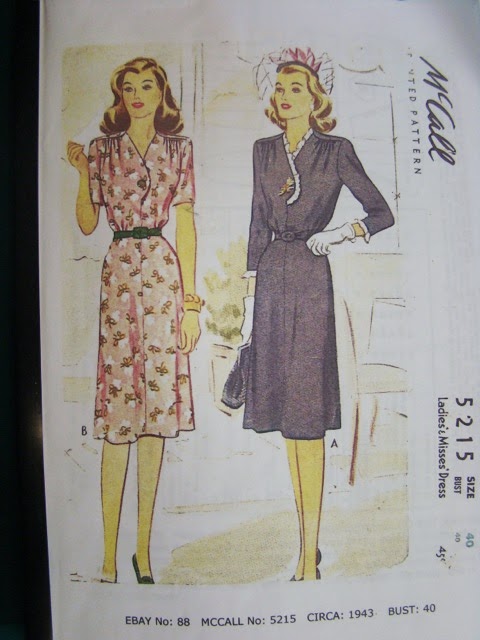 |
| Butterick 4790 |
Every so often we schedule sewalongs as part of the LDC group's events. This is how they work:
Our sewalongs usually start with some members of the London Dressmakers Club deciding that they would like to make either a specific garment or item, or something with a specific theme. Sewalong aren't "meetings" as such. We don't meet up in a physical location for this, this is an opportunity to sew the item at home, at your own pace: a sewalong is just like a knitalong, you do your own thing and then you compare notes.
The scheduled event gives you a chance to exchange tips and comments with the others who have signed up. You can post comments on the Sewalong meetup page, or upload photos in the suitable photo album. If you have a query or get stuck with your project, then ask a question in the comments or bring your work-in-progress along to a monthly meeting to ask the others for advice in person.
Meetup allows us to post meetings that last up to two weeks, but no more. The Sewalongs typically run much longer - we like to put them on for anything from two to three months. It is up to you whether you might like to get started early and get it done, or if you want to space out your sewing a bit over the entire period. Life is busy and it can be a challenge to find sewing time. It is important to be able to sew in whichever way works best for you. The Sewalongs can be great inspiration and motivation to complete a specific item.
Some sewalongs are quite informal: we did put a 'simple item' sewalong on a while ago and dressmakers could make anything they wanted. We set a time of two months and invited comments and photos but didn't suggest any other framework or structure.
Other sewalongs were a bit more structured: we split the two months into several two week slots that we scheduled individually and suggested specific tasks for each part. We will probably keep doing both kinds of sewalongs, some people prefer one to the other.
Our May/June/July sewalong is to make a Summer Wrap Dress - any kind. This came out of several members wanting to make the Walk Away dress (as seen on the Sewing Bee 2015: Butterick 4790 or the vintage edition Butterick 6015. There was even a 'Walk Away Dress, the Mini Version'! Butterick 6204), some of us have the pattern and want to make it up. It is up to you whether you want to make the Walk Away dress or another kind of summer dress, it doesn't strictly have to be a wrap dress, this is more by way of suggestion. Go with whichever pattern and style of dress you feel like!
 |
| Butterick 4790 |
 |
| Butterick 6015 |
Do you have any question about our sewalongs? Don't be shy asking, just post a comment below or on the relevant sewalong meetup page.
Happy Sewing!
.










